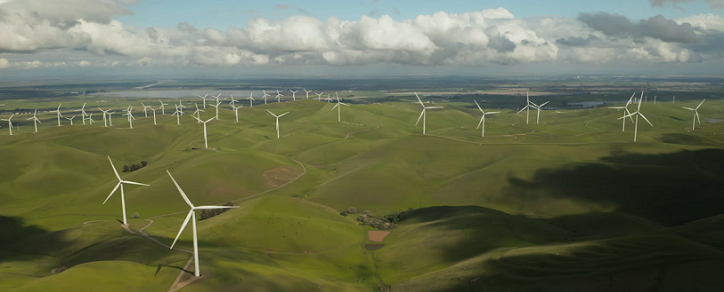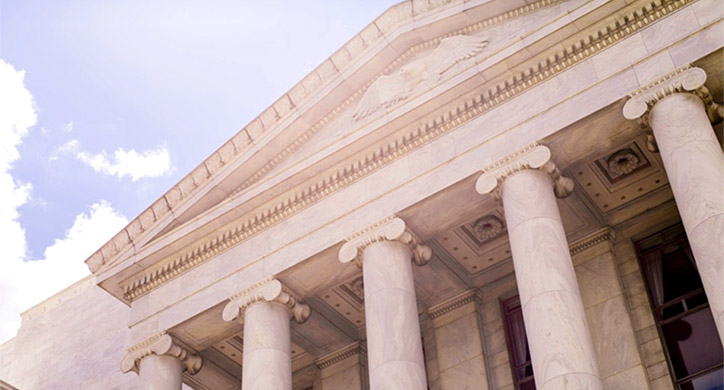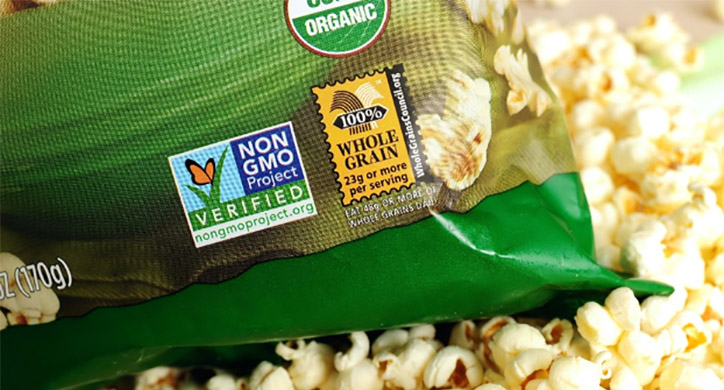Global Food
Sustainable Agriculture
Can We Save the Seas by Farming Fish?
Oceans, a National Geographic film, issues a sobering warning: our seas are at a breaking point. But it's not all doom and gloom—there's still time to act. Here’s what we can do…
































































































































































